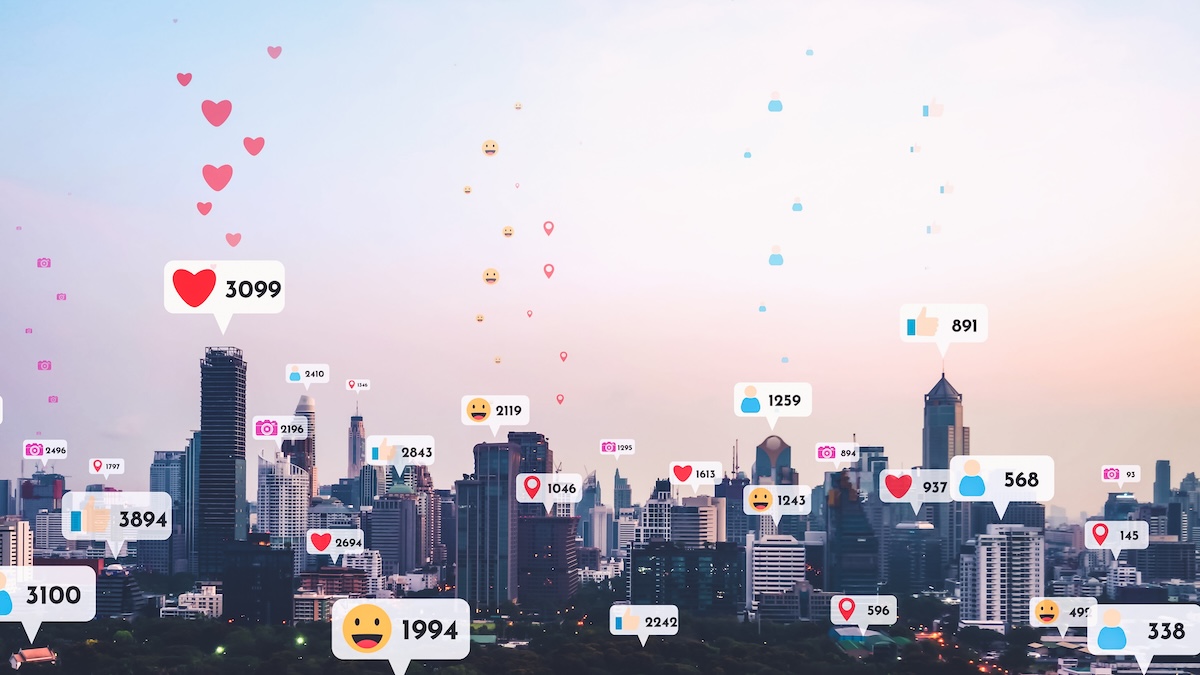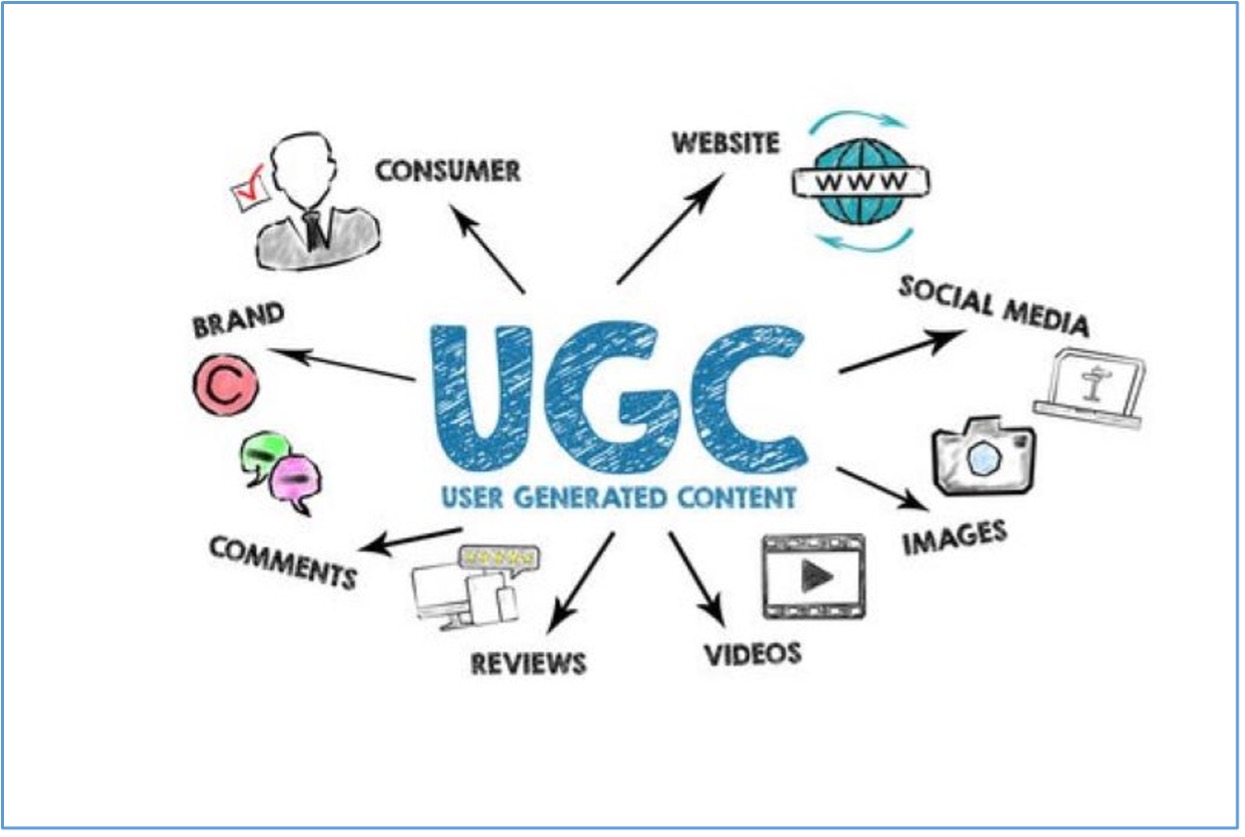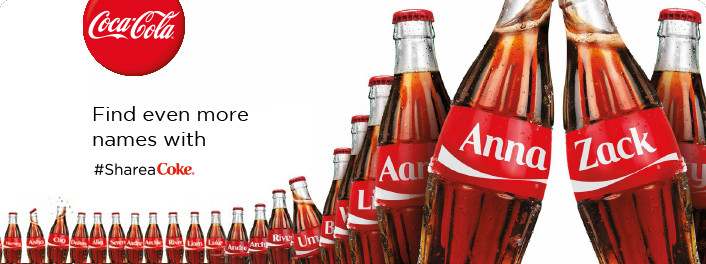California Management Review
California Management Review is a premier professional management journal for practitioners published at UC Berkeley Haas School of Business.
Rajeshwari Krishnamurthy and Rohit Kumar Mukherjee

Image Credit | Summit Art Creations
In an era where consumers are bombarded with an overwhelming amount of advertising, traditional Above-the-Line (ATL) marketing strategies have evolved to include more interactive and engaging forms of content. One of the most impactful additions to ATL campaigns is User-Generated Content (UGC) - content created by consumers, not brands. This shift reflects a broader move toward authentic, relatable experiences that resonate more deeply with audiences.
“How to Build Network Effects on Online Platforms for Mental Health” by Junjie Zhou and Xing Wan, California Management Review, Volume 64, Issue 4.
UGC isn’t just a trend; it’s a powerful tool for fostering trust, increasing engagement, and amplifying brand reach. A Nielsen study found that 92% of consumers trust recommendations from friends and family more than any form of advertising. When incorporated into ATL strategies, which typically involve high-reach media like TV, radio, and outdoor advertising, UGC enhances the credibility and effectiveness of campaigns by making them feel more personal and genuine.

User-Generated Content (UGC) has revolutionized modern marketing. Unlike traditional advertising, UGC leverages the voices of real consumers, thus providing authenticity and relatability that resonates deeply them. This content, including reviews, testimonials, and social media posts, builds a layer of trust and people tend to trust peer recommendations more than corporate messaging. Malthouse et al. (2016) highlight that UGC’s organic nature increases the credibility of brand messaging, and brands that incorporate UGC in their campaigns, can achieve higher engagement and better consumer loyalty, as they are perceived as more transparent and customer-centric. Thus, UGC plays a significant role in fostering engagement and community-building. Consumers actively contribute to a brand’s narrative through shared experiences, often forming communities around the brand’s values, products, or services. These communities can drive loyalty and repeat business, as they create an emotional connection between the consumer and the brand. Poch and Martin (2015) emphasize that UGC not only provides free content for brands but also encourages interaction, as users feel more valued when they see their contributions being acknowledged by brands. This participative approach creates a sense of ownership and belonging among consumers, further reinforcing their commitment to the brand.
As one of the progressive measures in marketing, UGC provides an effective way to scale marketing efforts by delivering diverse and personalized content that can cater to different segments of the audience. Each piece of UGC represents a unique perspective, enabling brands to offer a wide range of content that appeals to varied consumer preferences. Kumar et al. (2020) note that this scalability is a key benefit of UGC, as brands can use it to reach broader audiences without the costs associated with traditional content creation. In addition to this, UGC helps brands stay relevant by tapping into current trends and consumer conversations, thus ensuring that their messaging is aligned with what their audience cares about at any given time. When users create content, they often share it within their networks, giving the brand exposure to a wider audience. The organic amplification thus gained can significantly extend the reach of an ATL campaign, particularly on social media, Hence, UGC empowers marketing practitioners by providing a cost-effective, trustworthy, and engaging content stream that enhances campaign effectiveness.
Authenticity has become a key driver of consumer behaviour in the digital age. UGC taps into this demand for authenticity by showcasing real experiences, not fabricated marketing messages. One of the most iconic examples of UGC in an ATL campaign is Coca-Cola’s “Share a Coke” initiative in Australia. The company created bottles with the most common names and one morning, when consumers went to shop, they found their names printed on the Coke bottles and they were ecstatic! They could also gift these to their friends with those names. They posted photos of themselves with their personalized bottles, shared stories, and even created videos. Coca-Cola took these user-generated posts and incorporated them into TV ads, print media, and outdoor billboards, making their customers the stars of the campaign. This strategy helped the brand reconnect with younger audiences and increase sales significantly during the campaign’s run.

Source: Coca-Cola
Marketers need to consider several aspects before embracing UGC for their brands.
One important aspect to consider is the relevance of UGC across various platforms and the stage of the brand life cycle that it may facilitate. According to Colicev et al. (2019), UGC works best only during the brand awareness stage and not so much for persuasion. Also, the fragmented nature of UGC makes it difficult for marketers to come to a coherent conclusion on which types of UGC ( testimonials, instagram posts, website reviews etc.) work best for which brand communication objective. More research is needed to understand this area.
Incentivizing participation without compromising credibility is another key area which no marketer should miss out. Brands that engage with UGC creators—whether through featuring their content, offering exclusive rewards, or providing public recognition—can deepen the emotional connection between the brand and the consumer. Grewal et al. (2017) emphasizes that it is critical to ensure that these rewards do not appear overly commercial, as authenticity remains the primary driver of trust in UGC.
As data and technology play pivotal roles in maximizing UGC’s potential, advanced analytics enable marketers to understand consumer behavior and tailor campaigns that align with emerging trends. As suggested by Harmeling, Moffett, Arnold, and Carlson (2017), brands that leverage consumer data to personalize UGC campaigns can reach a wider audience with more relevant content, thereby increasing the impact of their marketing efforts. Thus, those who combine consumer-driven content with data-driven insights will have the most successful UGC strategies.
UGC is currently under threat from AI. When artificial intelligence (AI) and other technologies are used to curate, analyze, and distribute UGC at scale, marketers get the opportunity to stay ahead of consumer trends while maintaining the authenticity that makes UGC so effective. However, the content itself generated by AI was found to be equally credible and attractive by users, according to one study (Park et al., 2024). This means that marketers are treading a thin line on the ethical aspects of UGC, and also the direction that AI may end up driving the brand communication strategy.
As ATL marketing strategies evolve to adapt to the modern consumer’s desire for authenticity and connection, UGC will continue to play a central role. While it may come with challenges in terms of quality control, the benefits far outweigh the risks, making it an indispensable part of contemporary marketing strategies. For marketers aiming to enhance the efficacy of their ATL campaigns, leveraging the voice of the consumer is no longer optional—it’s essential. As the lines between digital and traditional marketing blur, UGC will likely continue to drive innovation and engagement across all forms of advertising.
References
Nielsen. (2012). Global Trust in Advertising and Brand Messages. Nielsen.
Coca-Cola. (n.d.). Share a Coke Campaign. Coca-Cola Journey
Malthouse, E. C., Haenlein, M., Skiera, B., Wege, E., & Zhang, M. (2016). Managing customer relationships in the social media era: Introducing the social CRM house. Journal of Interactive Marketing, 27(4), 270-280.
Poch, R., & Martin, B. A. S. (2015). Effects of consumer social media content on advertising efficacy. Journal of Consumer Marketing, 32(5), 368-378.
Kumar, V., Rajan, B., Gupta, S., & Pozza, I. D. (2020). Customer engagement in service. Journal of Service Research, 17(4), 387-399.
Grewal, D., Roggeveen, A. L., Sisodia, R., & Nordfält, J. (2017). Enhancing customer engagement through consciousness and participation. Journal of Retailing, 93(1), 3-8.
 Spotlight
Sayan Chatterjee
Spotlight
Sayan Chatterjee
 Spotlight
Mohammad Rajib Uddin et al.
Spotlight
Mohammad Rajib Uddin et al.